Photo Gallery
The Conference was held in the Department of Economics and Management (DEM) of the University of Brescia, Via S. Faustino 74/b-25122 Brescia.
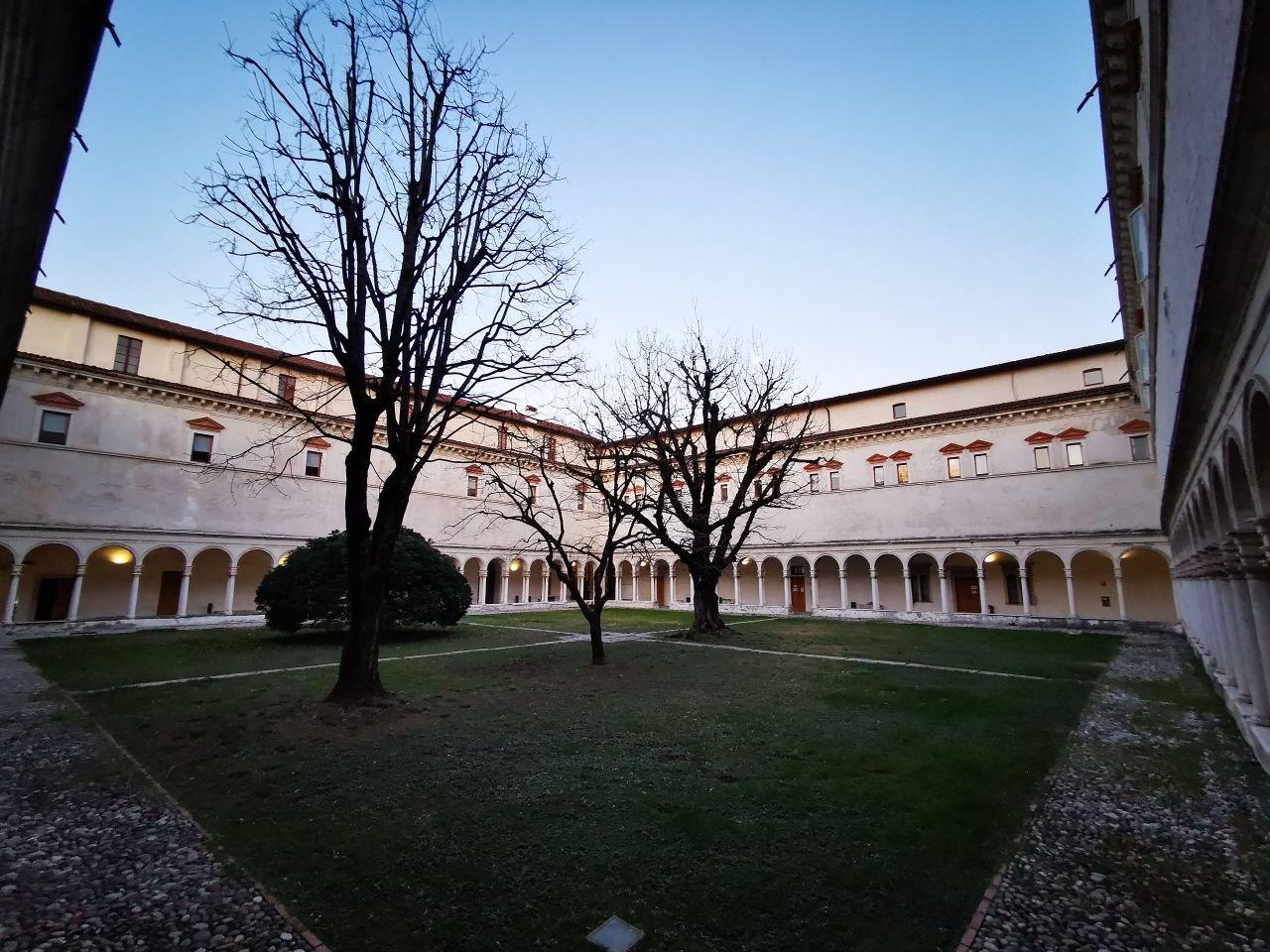

Main cloister of Monastery S. Faustino Maggiore.
The main cloister of S. Faustino Maggiore belongs to a Benedictine convent complex dating back to the 9th century and completely rebuilt in the 16th century. The main cloister is a work by Andrea Moroni and was completed in 1534. Today is the venue of Brescia University.
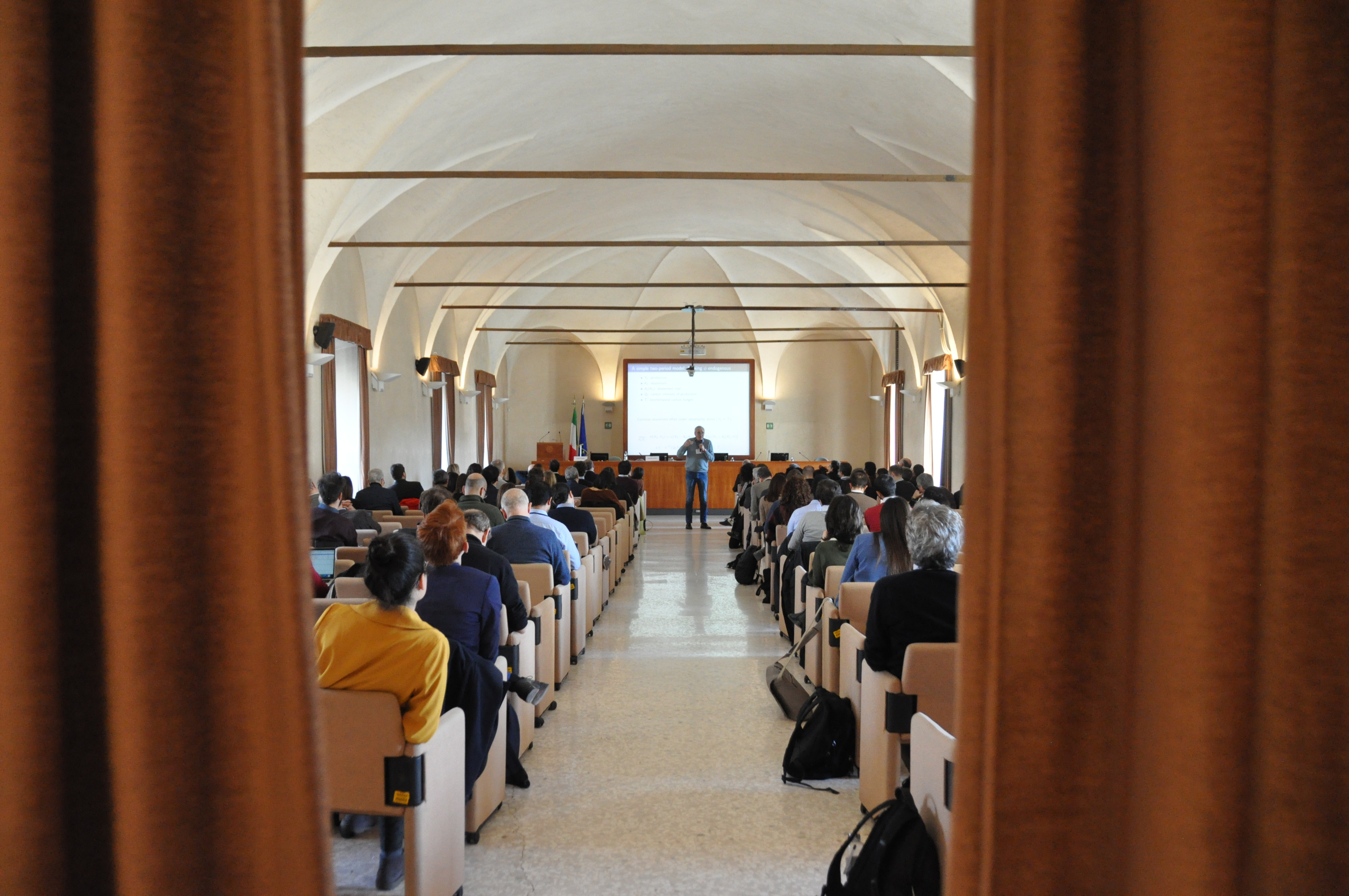
Aula magna of the venue S. Faustino Maggiore.
Opening lecture by keynote speaker professor Christian Gollier.
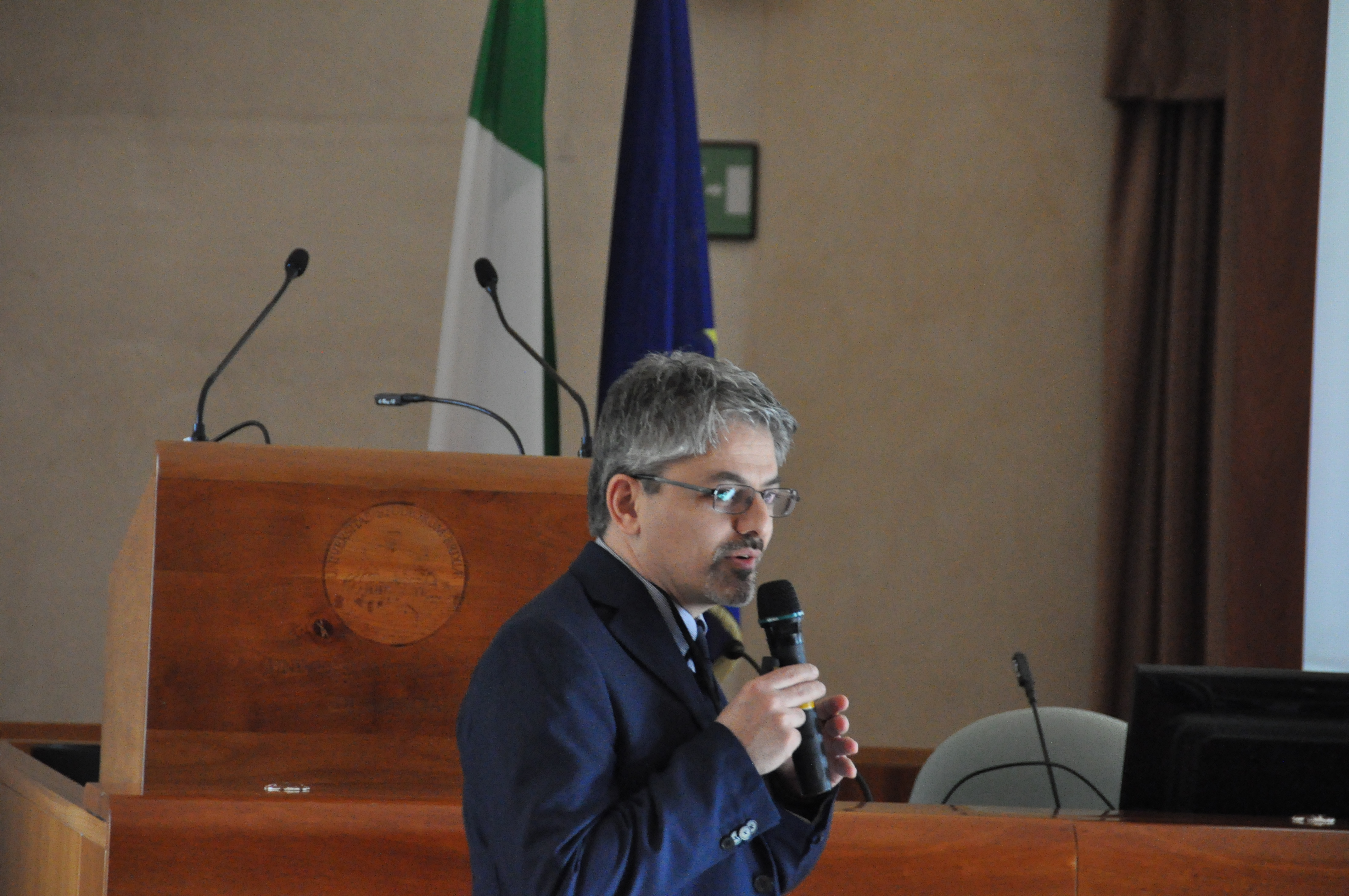
Aula magna of the venue S. Faustino Maggiore.
Opening ceremony by professor and IAERE President Sergio Vergalli.
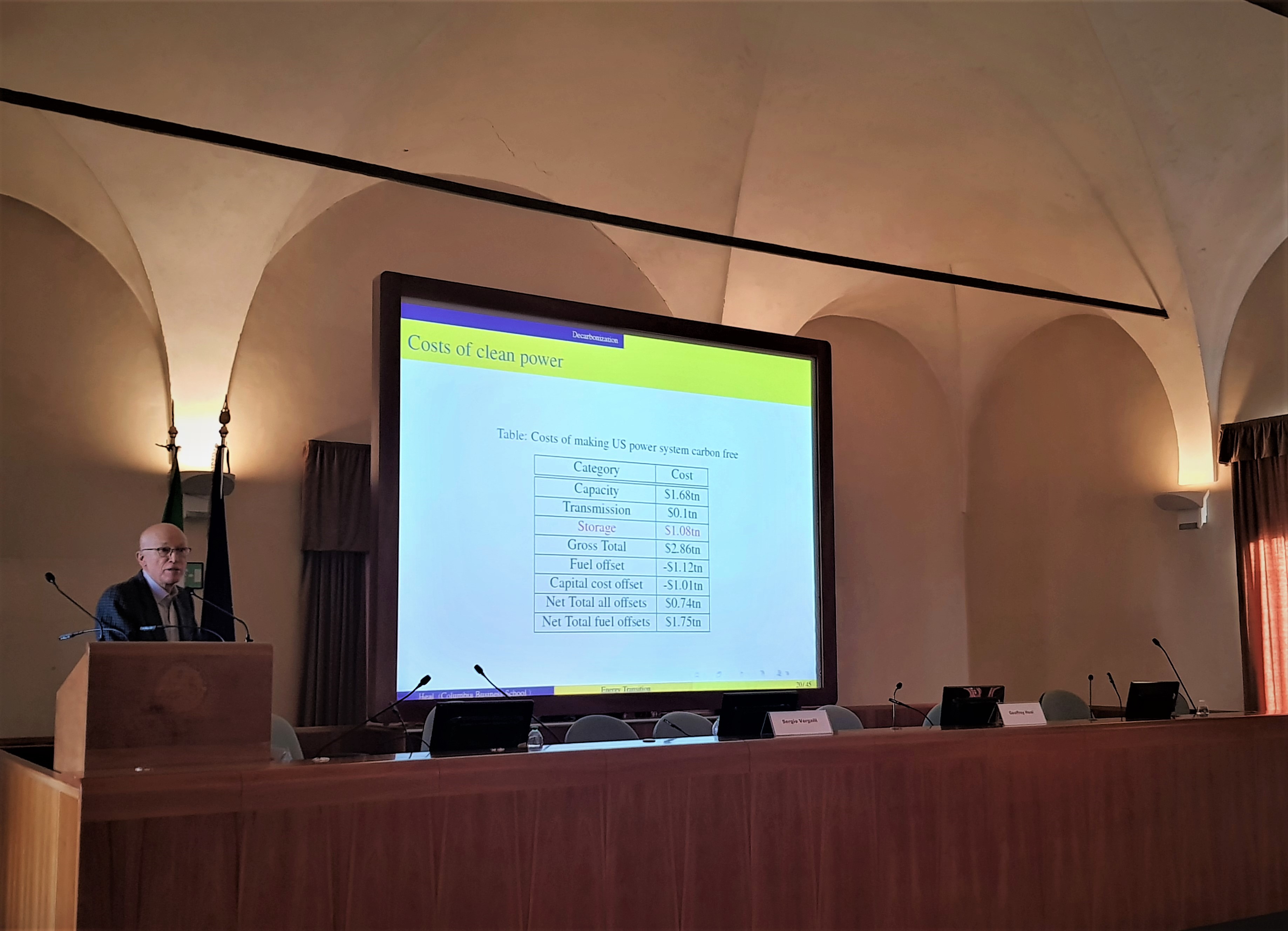
Aula magna of the venue S. Faustino Maggiore.
Closing lecture by keynote speaker professor Geoffrey M. Heal.
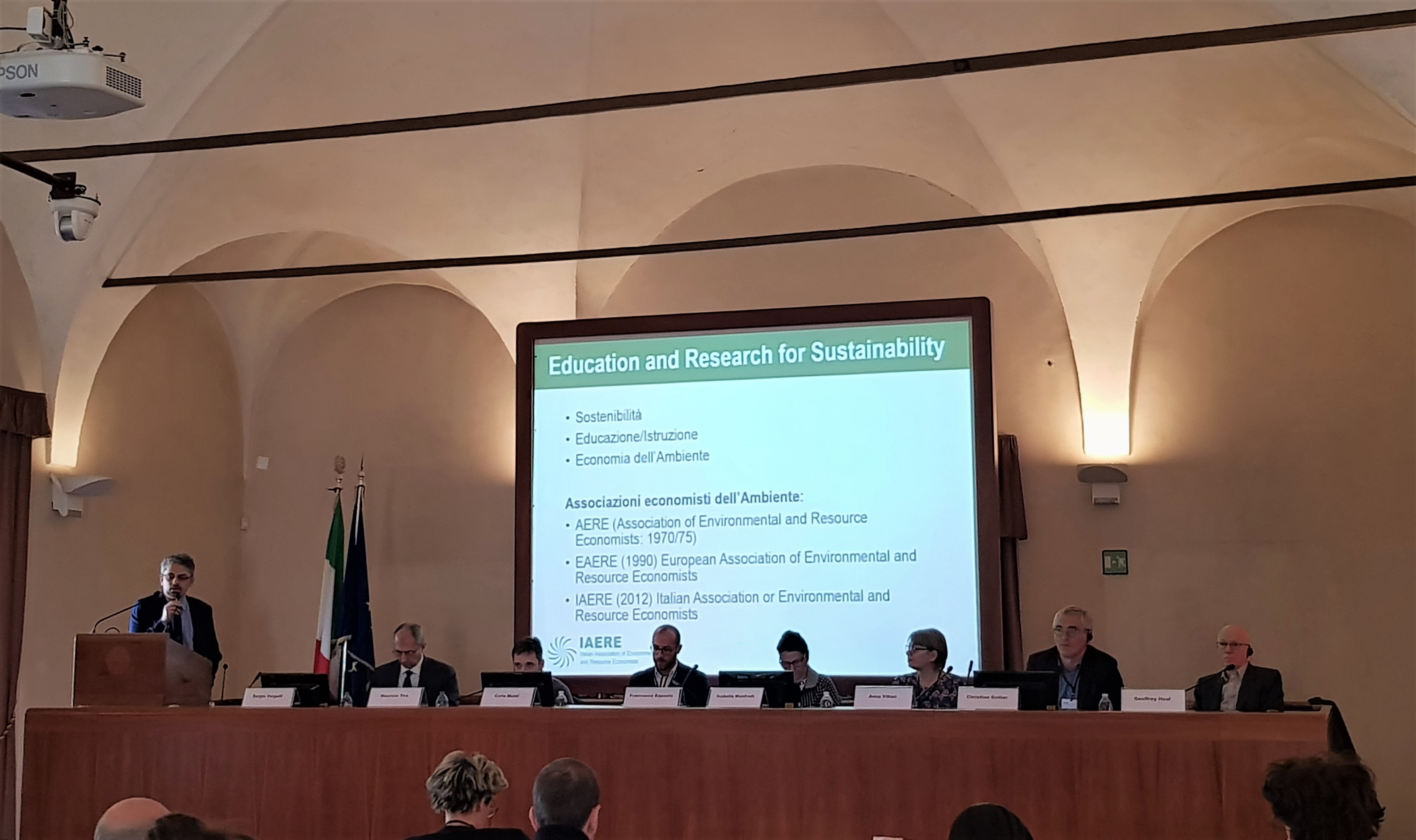
Aula magna of the venue S. Faustino Maggiore.
Side event: Education and Research for Sustainability. From left to right: Prof. Sergio Vergalli, Prof. Maurizio Tira, Carlo Muzzi, Ing. Francesco Esposto, Dott.ssa Isabella Manfredi, Dott.ssa Anna Villari, Prof. Christian Gollier, Prof. Geoffrey M. Heal.
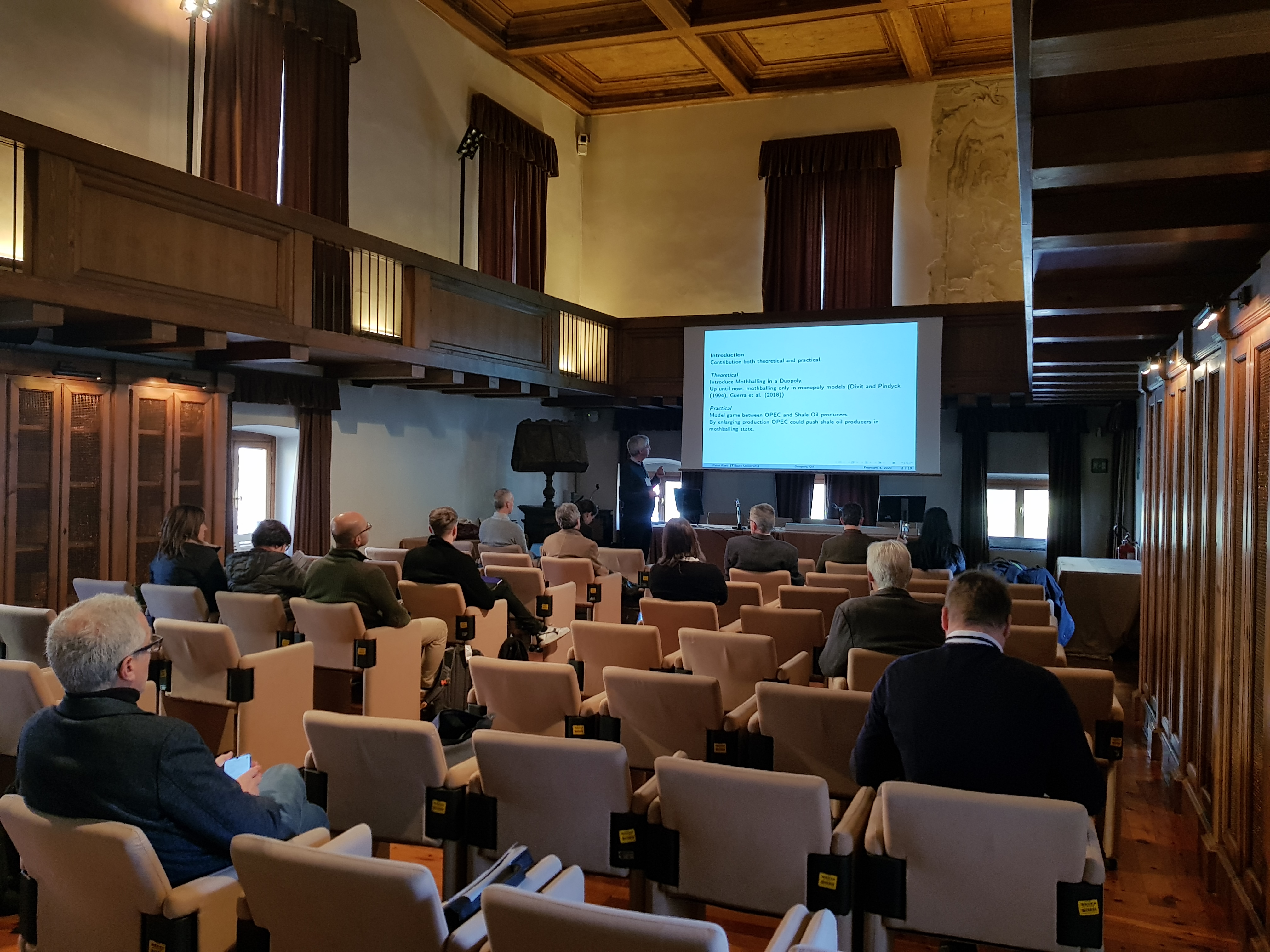
Library Hall, University of Brescia.
One of the parallel sessions held during the Conference.
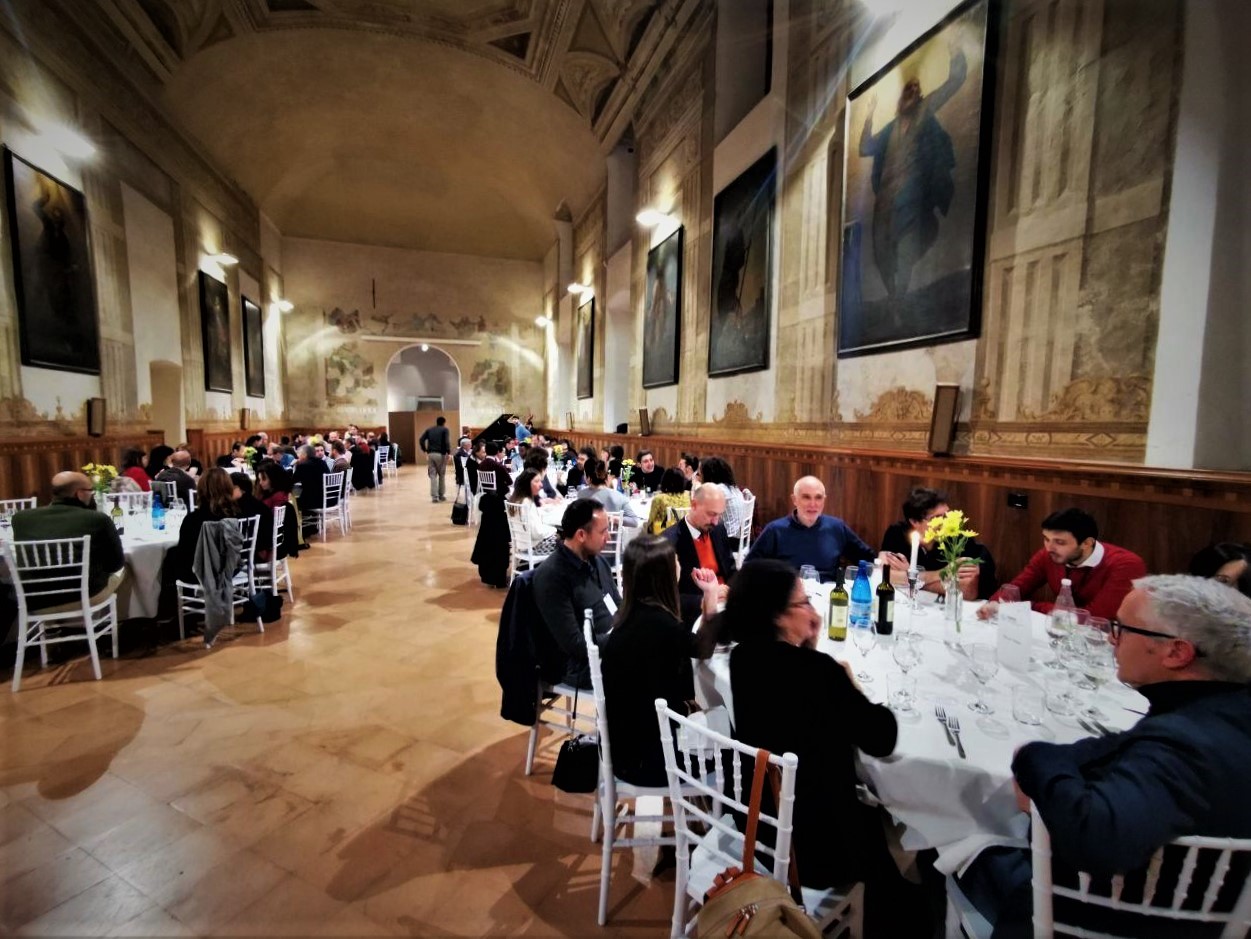

Refectory, Diocesan Museum.
The Diocesan Museum, established in 1978, is located inside the main cloister of the convent complex of Saint Giuseppe. The convent, which arose at the beginning of the 16th century, was completed towards the end of the century with the building of the main cloister in which was situated the majestic refectory. The latter at the present is used for conferences, congresses and expositions. .
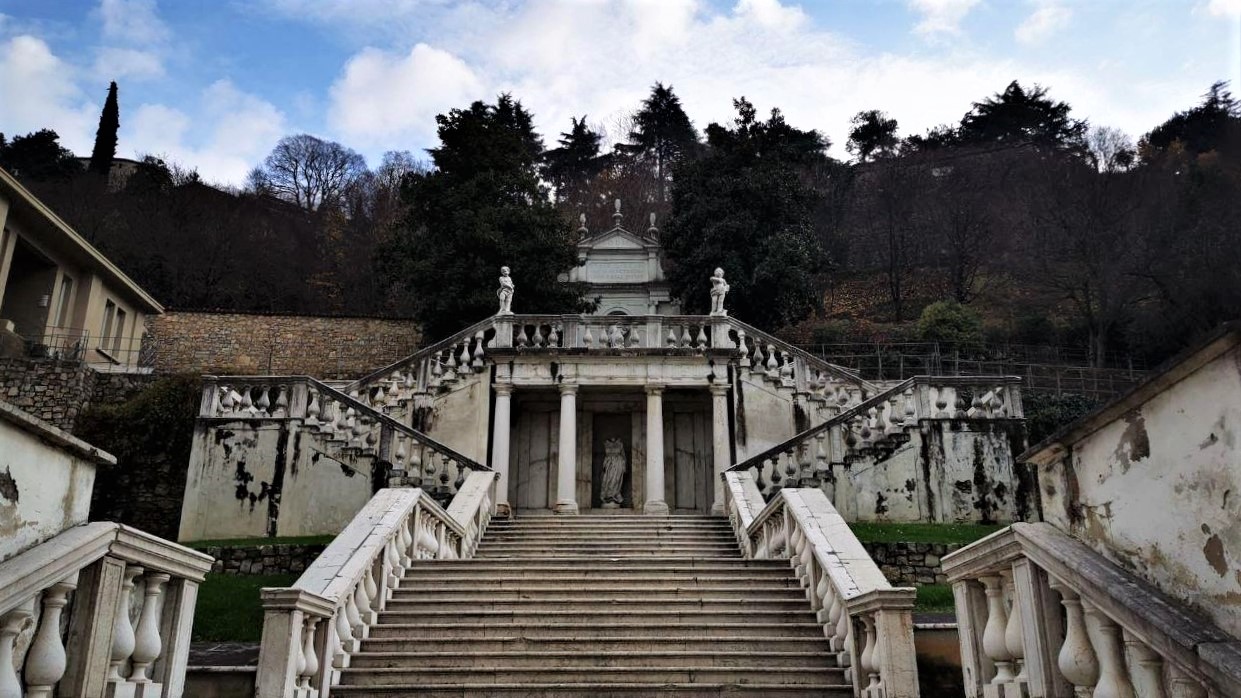
The staircase of the former convent of Saint Chiara, Brescia University.
The building complex, which from the 12th to the 19th century hosted female Franciscan convent communities, was rebuilt in the second half of the 17th century by Lazzaro Bracchi. Then, designed by Ascanio Girelli in 1756, the majestic staircase was built at the center of that complex. In the central niche we find the marble sculpture of Saint Chiara, attributed to Antonio Calegari (1699-1777). .
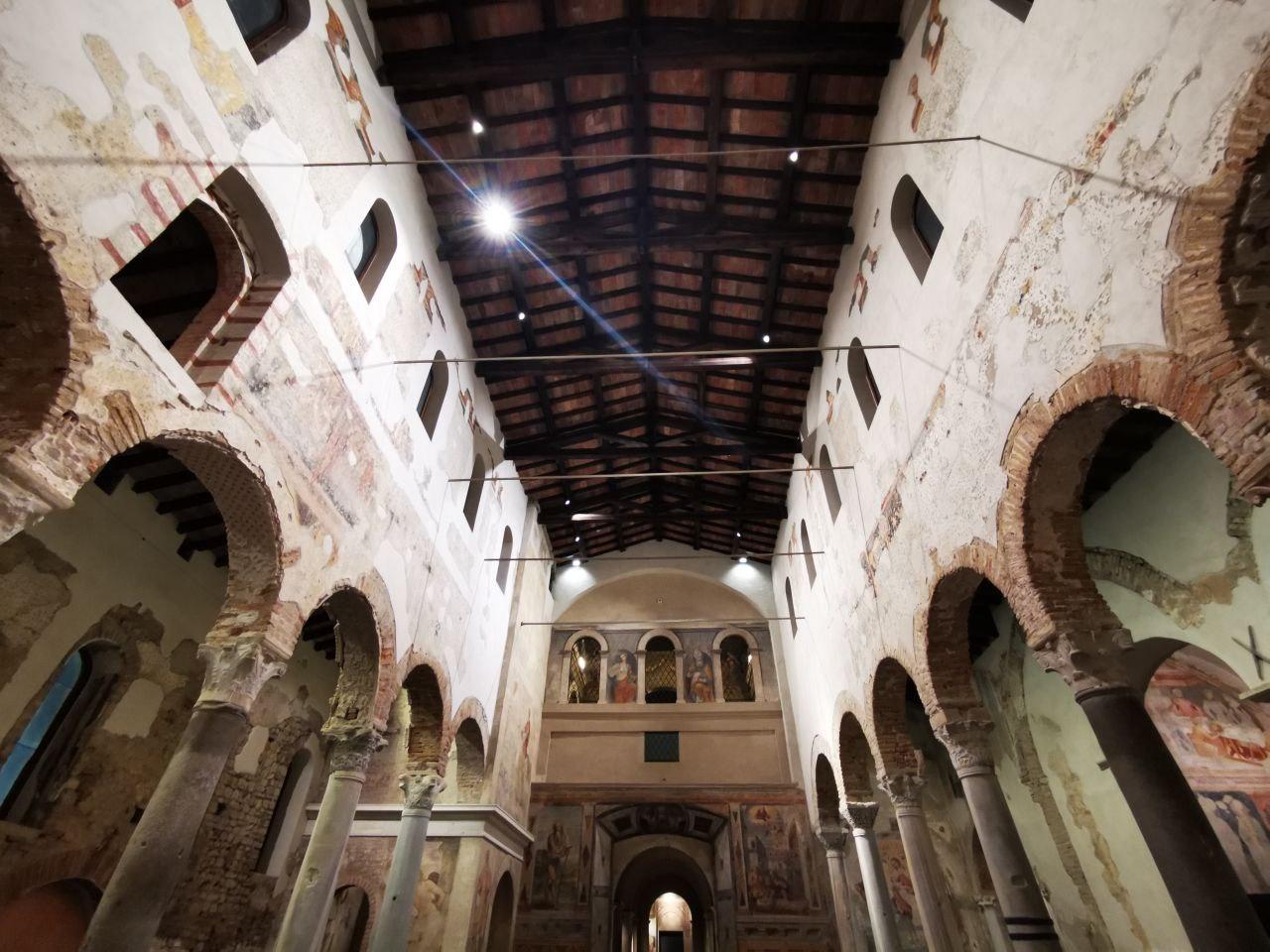
The basilica of Saint Salvatore.
In 753 after Christ, Desiderio, duke of Brescia and future kings of the Longobards, founded the monastery dedicating it to Saint Salvatore, which is one of the most important account of the early Medieval religious architecture. Inside we can see three naves separated by two rows of miscellaneous columns (some of them from Roman buildings); among the capitals (capitelli), two are of ravennate style (6th century). Since 2011 Saint Salvatore and Saint Giulia are recognized as UNESCO World Heritage Site. .
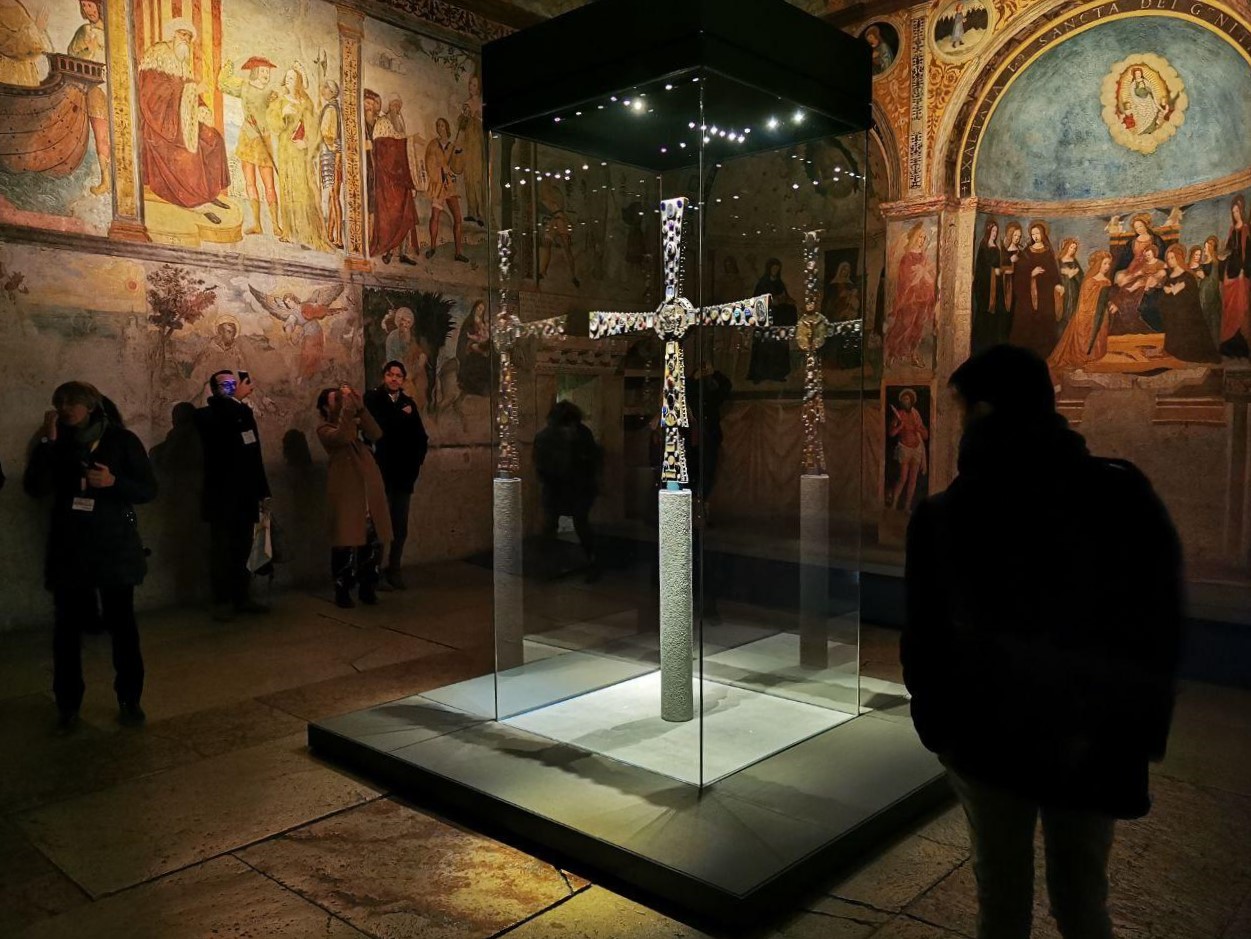
The cross of Desiderio.
Below the wonderful starry fresco by Ferramola, in the oratory of Saint Mary in Solario (part of the complex of Saint Giulia), we can find the so-called “Cross of Desiderio” dating to around 8th-9th century after Christ, made up of 212 precious stones, glazed gems and cameos. .
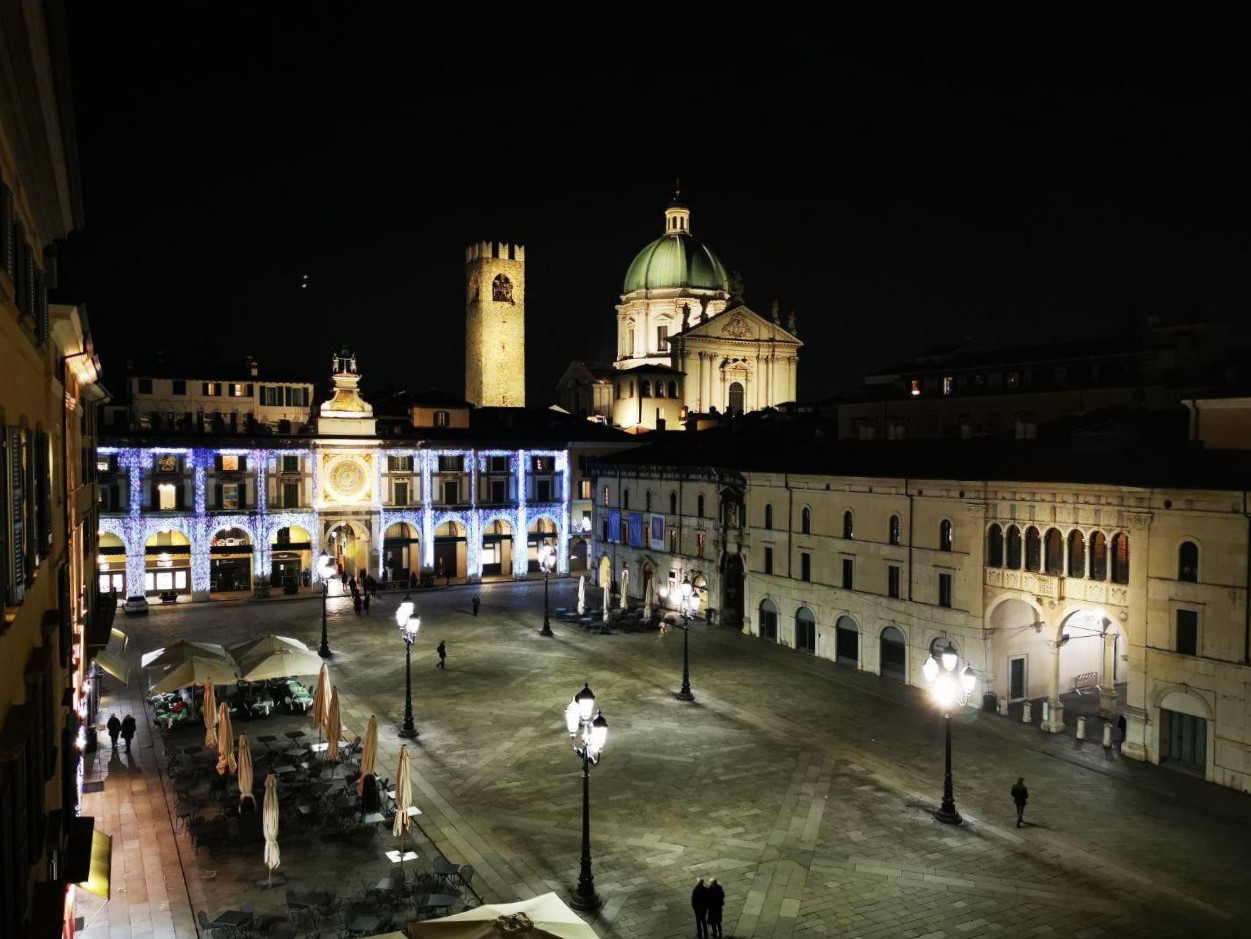
Piazza della Loggia.
Piazza della Loggia, located in the heart of the city of Brescia, was built in the 15th century, the heyday of the Renaissance period. The building on the southern side of Piazza della Loggia incorporates the Clock Tower (la Torre dell’Orologio, 1540-1550), where we can admire the astronomical clock (end of 15th century) depicting the lunar phases, the signs of the zodiac and the hours..
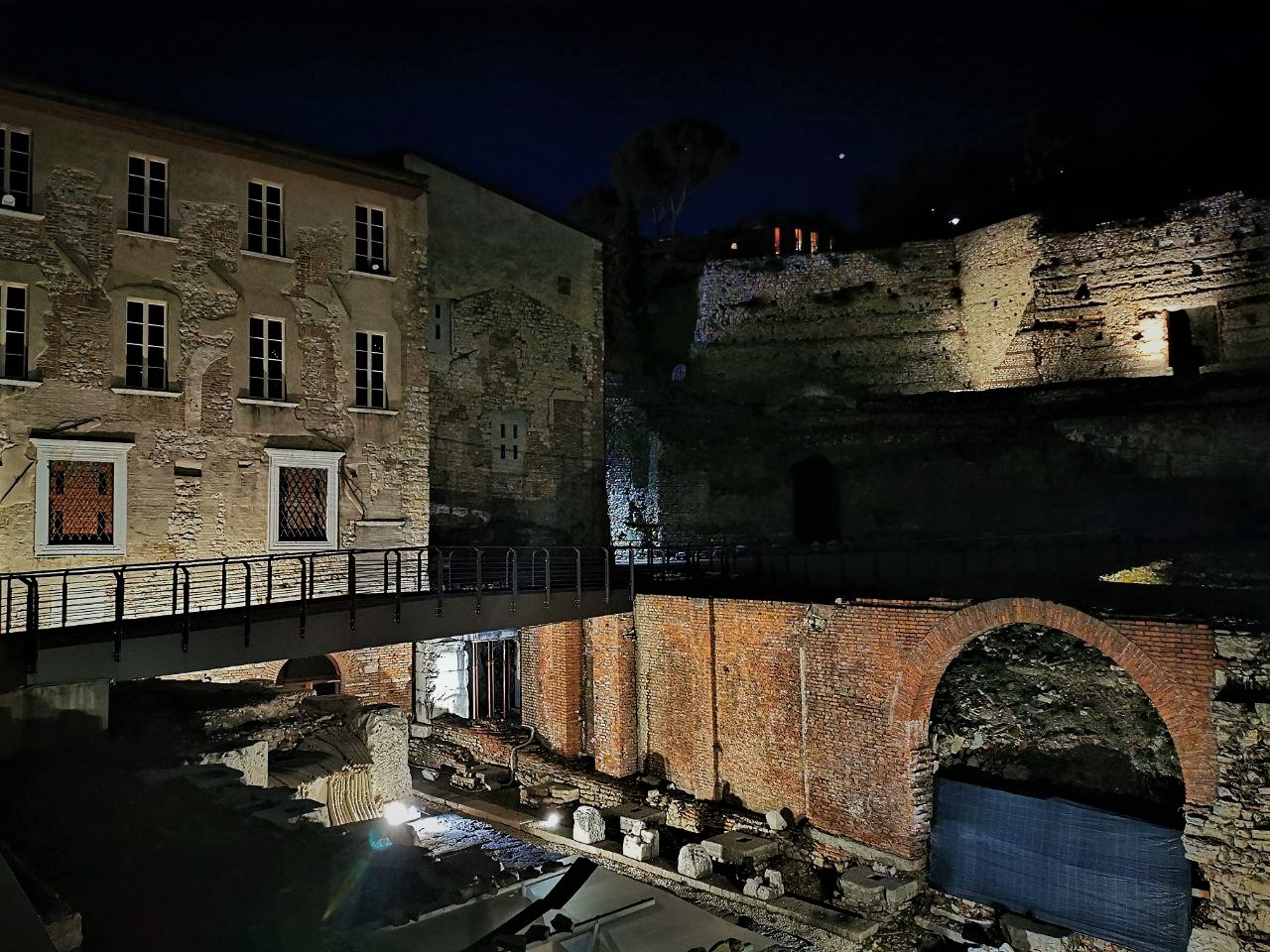
The Roman theatre of Brescia.
The Roman theatre of the ancient Brixia dates back to the Augustan age (end of 1st century before Christ – 1st century after Christ) and over time was subject to extensions, up to the reconstruction of the architectural decoration in the 3rd century after Christ. It lies along the slopes of the Cidneo hill and with a capacity of 15,000 spectators is the biggest theatre in Northern Italy. Since 2011 is an UNESCO World Heritage Site, being it recognized as one of the most important Roman archeological sites in Northern Italy. .
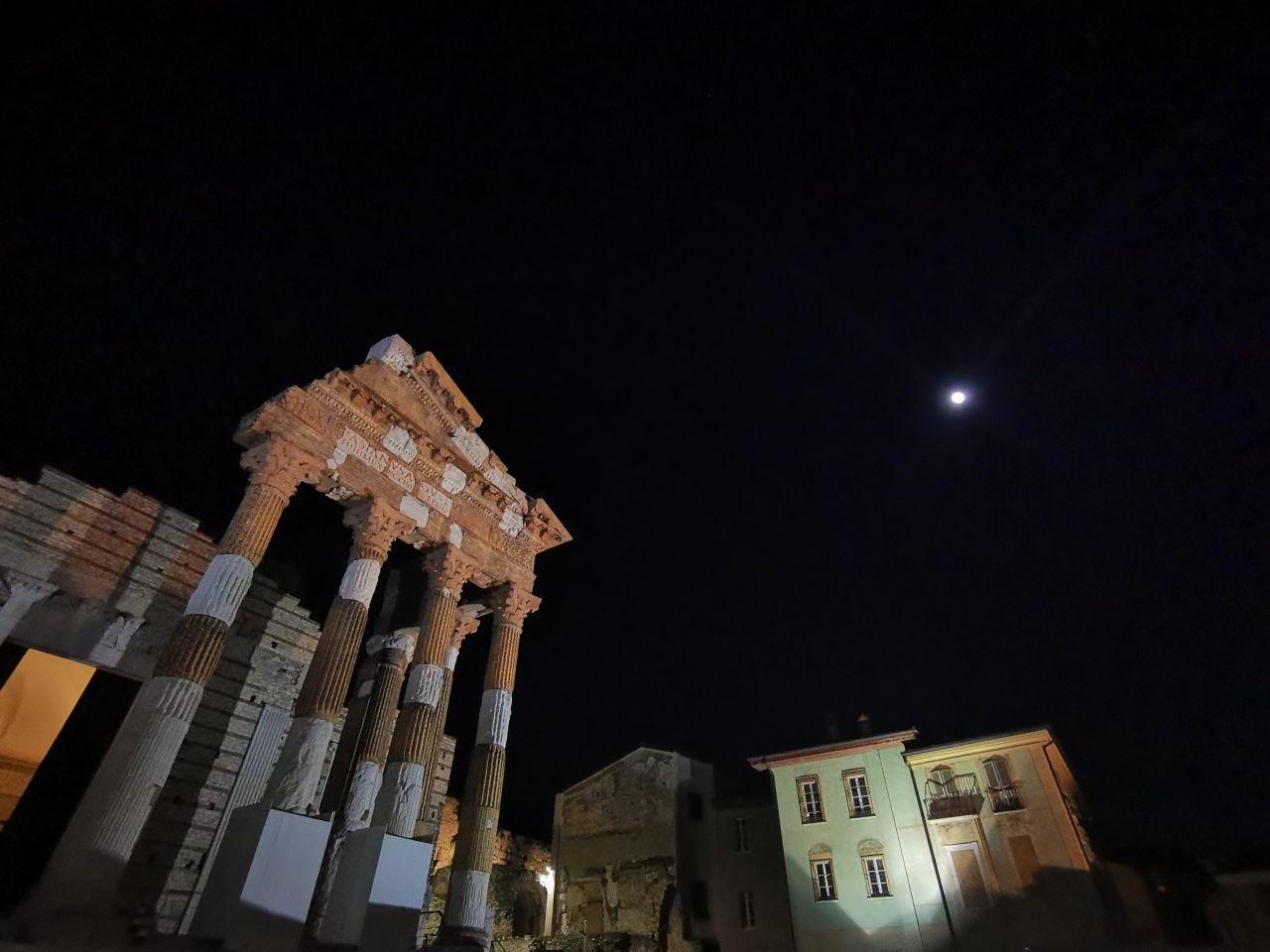
Capitolium, Capitol Temple.
The Capitol temple, dedicated to the Capitoline triad (Jupiter, Juno, and Minerva) was erected in 73 after Christ by the will of the Emperor Vespasiano. Since 2011 is an UNESCO World Heritage Site, being it recognized as one of the most important Roman archeological sites in Northern Italy. .




